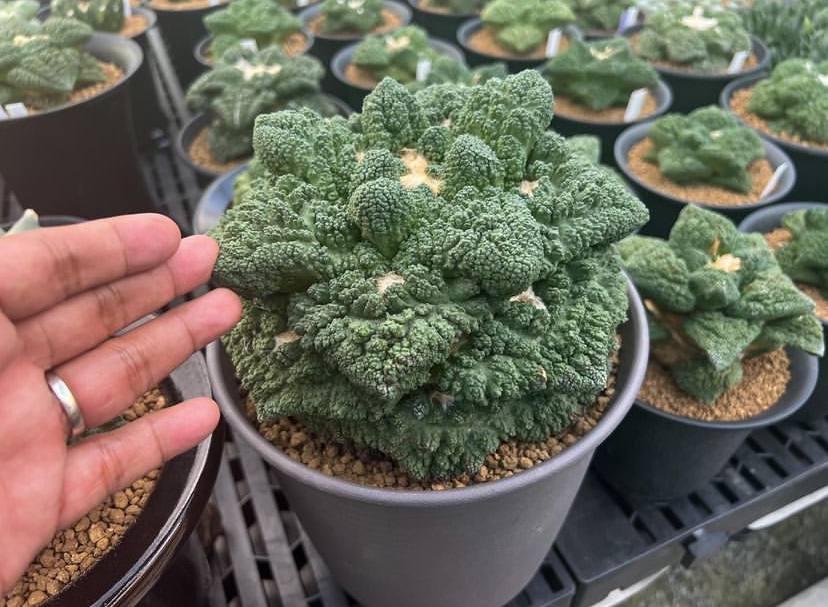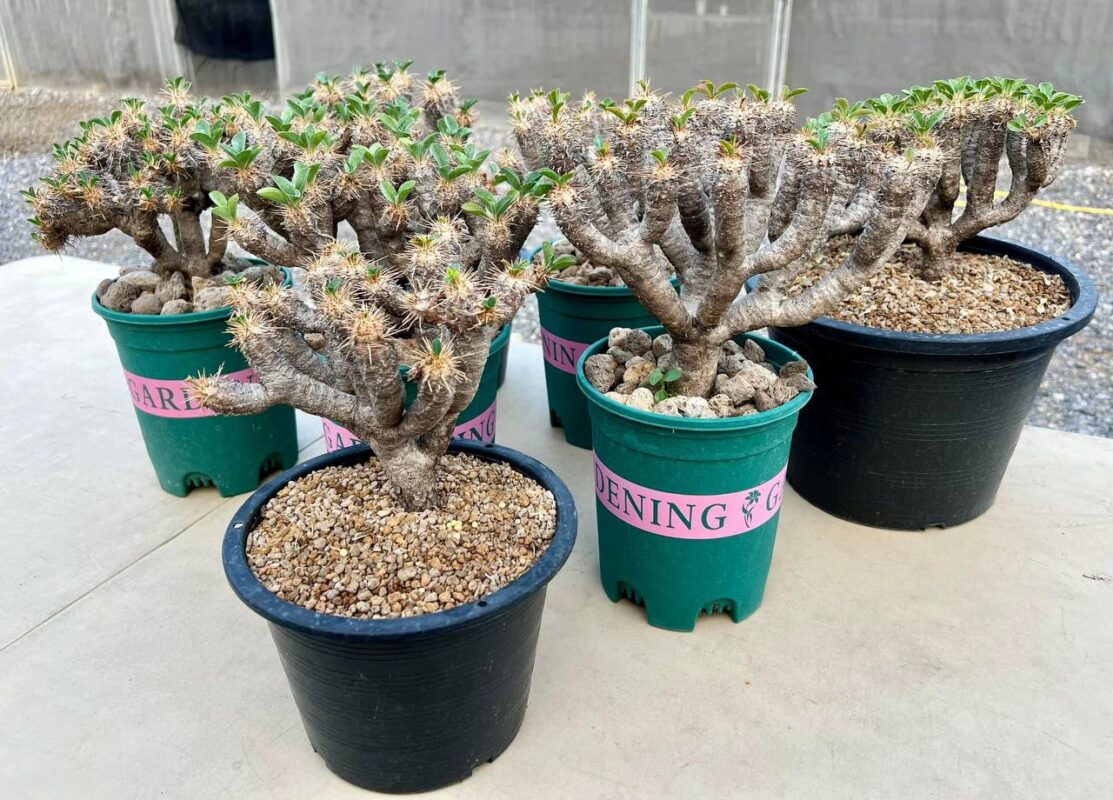Othanna Herrei

Othanna Herrei
Othanna herrei: An In-Depth Exploration
Introduction
Othanna herrei is a fascinating species that captivates both scientists and nature enthusiasts. Known for its unique characteristics and vital role in the ecosystem, Othanna herrei is more than just an organism; it is a symbol of biodiversity. In this comprehensive guide, we will explore various aspects of Othanna herrei, including its taxonomy, habitat, physical traits, behaviors, conservation status, and cultural significance. Our goal is to provide a thorough understanding of Othanna herrei and its importance in maintaining ecological balance. Order your plants from Caudiciformplants.com
Adaptations
Othanna herrei has developed several adaptations that enhance its ability to thrive in its environment:
- Camouflage: Its coloration helps it blend into its surroundings, reducing visibility to predators.
These adaptations are critical for the species’ survival and reproductive success.
. Behavior and Ecology
Behavioral Patterns of Othanna herrei
Understanding the behavior of Othanna herrei provides insights into its ecological role
Ecological Role

othanna herrei
Othanna herrei plays a vital role in its ecosystem, contributing to:
- Pollination: If applicable, describe how Othanna herrei participates in pollination processes.
- Food Web Dynamics: As both predator and prey, Othanna herrei helps maintain ecological balance within its habitat.
. Conservation Status
Current Conservation Challenges for Othanna herrei
Othanna herrei faces numerous threats that endanger its populations
Major Threats
The primary threats to Othanna herrei include:
- Habitat Destruction: Activities such as deforestation and urbanization significantly impact its habitat.
- Climate Change: Changes in climate patterns affect the availability of resources essential for Othanna herrei’s survival.
- Pollution: , such as water contamination, affects the species
Conservation Efforts
To protect Othanna herrei, several organizations and initiatives are working toward its conservation. These efforts include:
- Habitat Restoration: Projects aimed at restoring natural habitats are crucial for the survival of Othanna herrei.
- Public Awareness Campaigns: Educational initiatives inform communities about the importance of conserving this species and its habitat.
. Cultural Significance
Othanna herrei in Local Cultures
In various regions, Othanna herrei holds cultural significance. Local communities often recognize its value through:
- Traditional Uses: Othanna herrei is in showcasing its importance in cultural heritage.
- Symbolism: In different cultures, highlighting its broader significance.
Understanding the cultural context surrounding Othanna herrei enriches our appreciation of this species and emphasizes the need for its conservation.
. Research and Studies
Significant Research on Othanna herrei
Numerous studies have been conducted to better understand Othanna herrei. Research focuses on various aspects, including:
- Ecological Impact: Studies reveal how Othanna herrei
- Genetic Studies: Research on genetic diversity shows which are vital for conservation strategies.
Ongoing Research Efforts
Ongoing research is essential for uncovering new insights about Othanna herrei. Collaborative efforts among scientists, conservationists, and local communities are critical for ensuring the continued study and preservation of this remarkable species.

othanna herrei
Conclusion
Othanna herrei is a species of immense ecological and cultural significance. From its distinctive physical traits to its intricate behaviors, understanding this organism provides valuable insights into biodiversity and conservation. As environmental challenges continue to threaten species globally, the urgency for comprehensive research and conservation efforts becomes increasingly clear. By raising awareness of Othanna herrei and its importance, we can inspire action to protect not only this remarkable species but also the ecosystems it inhabits.
Call to Action
To learn more about Othanna herrei and how you can contribute to its conservation, explore our resources, participate in local conservation efforts, and spread the word about the importance of preserving our natural world























